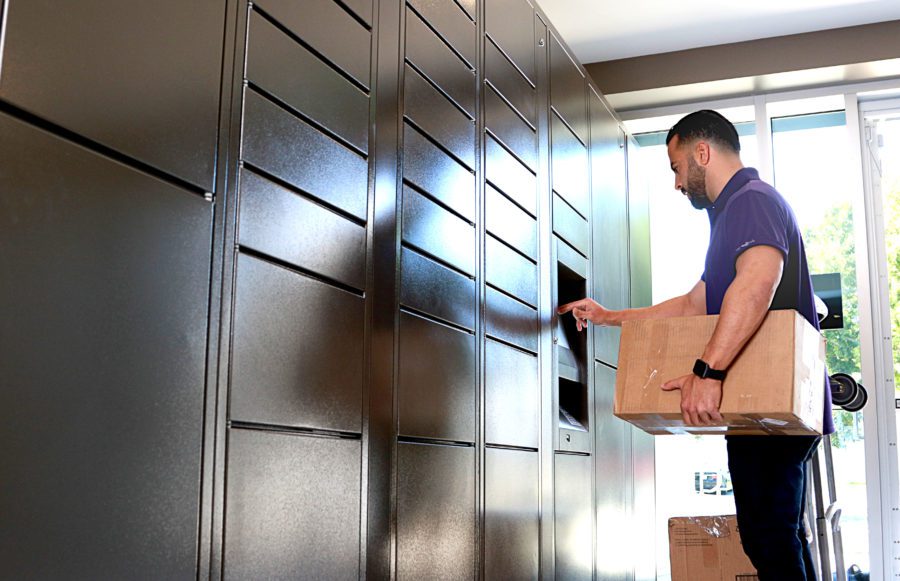Our Blog
Top 5 Reasons Why Distributors Are Stuck in the 80s
Written by: Parcel Pending
4 Min Read
Published: November 9, 2018
Updated: June 13, 2024
If you talk to today’s distributors, then you will soon realize that most of them are stuck in the 80s when it comes to how they operate. However, as Bob Dylan sang, “The Times They Are A-Changin’.”
Thanks to key players like Amazon Business, the keys to distributor success have shifted to focus on providing a premium customer experience and personalized sales and marketing programs related to product innovation.
Let’s take a look at the Top 5 Reasons Why Distributors Are Stuck in the 80s:
1. They Ignore the Power of Social Media
Most distributors struggle to implement a strategic, cohesive and organic social media presence simply because they either don’t have the staff to manage it or they lack an understanding of how the platforms function. It’s imperative for distributors to master social media. Start by gaining knowledge of the four social media players in the space – Instagram, Facebook, LinkedIn and Pinterest. According to TED Magazine, LinkedIn and Facebook are a distribution company’s two best options when choosing where to publish because these platforms are where your target audience spends most of its social media time. Rules of engagement vary per network. We suggest exploring each platform and getting to know how they work so that you can effectively connect to your ideal audience. This will pay off big in the long term.
2. They’re Stuck on Manual Processes
For the most part, logistical errors in the supply chain are due to the manual processes that the majority of distributors still employ. These negatively impact the customer experience. These outdated, labor-intensive practices need to be analyzed as there is major room for improvement. In fact, automating the order-to-fulfillment process can positively impact cash flow for all the pioneering players in distribution. McKinsey & Company notes a few examples: at one advanced-industry player, an automated inventory-planning system now automatically integrates and analyzes data from more than a dozen different data sources. The ensuing reduction in inventory levels allowed the company to release more than $75 million in free cash flow. At a high-tech company, automating 95 percent of the order-to-ship process (from order receipt through to transportation to the outbound shipping hub) reduced end-to-end processing time by 60 percent, reducing variability and making planning more consistent.
3. They Don’t Think Outside the Box When it Comes to Fulfillment Centers
First, what is a fulfillment center? At its core, a fulfillment center is a third-party logistics warehouse where incoming orders are received, processed, and filled. Limitations with access to distribution or fulfillment centers is a major challenge facing several distributors. E-commerce and consumer demand are rising so it is essential for distributors to enable their supply chains to move goods faster to meet customer needs. For example, Supply Chain Dive notes that retailers like Walmart and Home Depot are experimenting with order fulfillment methods such as in-store lockers and curbside grocery pick-up. While a convenient option for consumers, it’s also helping retailers minimize the costs that goes into shipping and delivery services.
4. They Don’t Prepare for Technology
E-commerce adoption is now the new normal, but it still needs to be applied to your customer to solve a problem. According to MDM, the processes that make distributors successful are shifting towards the front end, to the customer experience that is created, to sales and marketing programs. According to Google, consumers go online first during their shopping experience. This means that before customers head to your stores, they’re asking if a retailer has an online store, multiple fulfillment options, etc. They’re researching online and assessing what’s the most convenient option. Once an order is placed, how are distributors managing it? Customers come to the pick-up desk and still the technology isn’t there. In some cases, we’ve seen distributors still shuffling through folders and papers before retrieving an order. With expectations of quick order and pick-up experiences, providing a hassle-free, enjoyable, and efficient buying experience would be the logical next step.
5. They Won’t Start a Revolution
Even though many distributors are starting to focus on improving their e-commerce sales they still have not considered revolutionizing how they do business. “The process of fulfillment is continuously evolving across the three dimensions of people, process and technology”, according to Vikas Aron. Companies investing in technology are implementing order fulfillment methods such as in-store, outdoor, or large package drop box lockers, enabling customers to collect 24/7 for convenience and accessibility. Streamlining the customer experience not only produces a competitive advantage for the innovative distributor but also is proving to produce a long-term ROI.
Digital innovation will continue to drastically transform the way distributors do business, so the time is now for them to say goodbye to the 80s and hello to the future.
What are some ways you think distributors can improve? Comment below.



